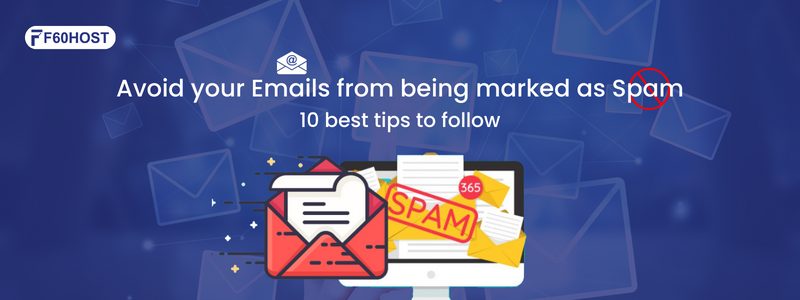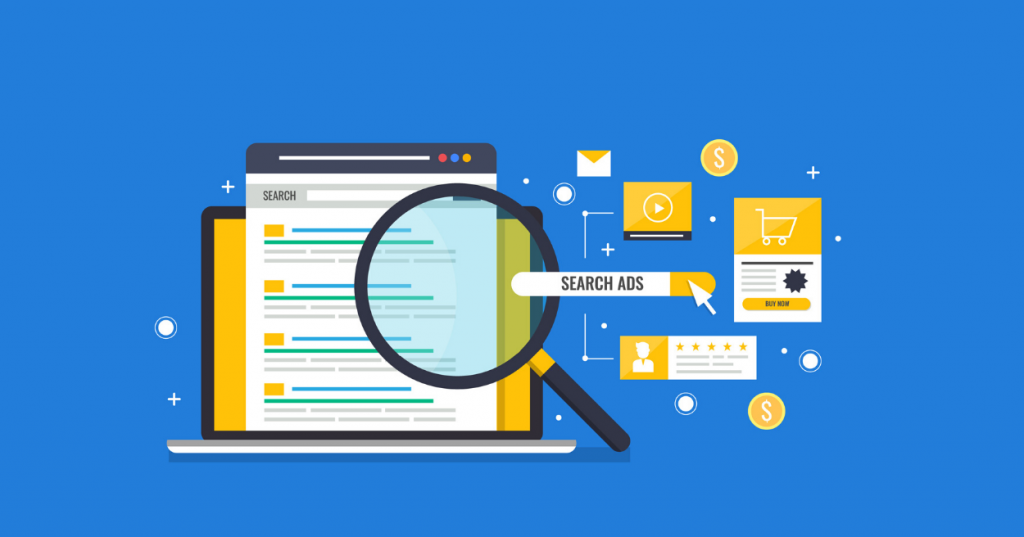Avoid your emails from being marked as spam- the 10 best tips to follow.

Email is one of the most effective ways of communication. It is also a highly efficient tool to keep in touch with people who have interacted with your brand before, or who’ve bought your products or services. Emails help reinforce your brand’s identity and existence in the memory of your potential customers.
Email marketing is a prominent way to keep your potential customer base updated about new products, offers, stories related to your brand, testimonials and value-adding information. But the major problem is that a large number of promotional emails become flagged as spam. Advanced algorithms are smart enough to understand whether an email is important or just another promotional message.
Stop your emails from being marked as spam – 10 powerful tips.
If you want to avoid your emails being marked as spam and land in the inbox of all the email ids in your database, keep reading ahead, till the end.

Build your database, one email id at a time!
Buying an email id database and spamming their inbox, is a big NO-NO! It will just do more harm than help. Slowly and steadily, build your list of email ids, so that people who’ve interacted with your brand, only receive your emails. Build trust with your clients over time, and they’ll be loyal advocates of your brand. Cold-emailing on a random list of email ids will give a bad reputation to your IP and domain, rendering the exercise futile.
Take permission before landing in an id’s inbox.
You can ask your users/customers, or the people who register on your site to opt for receiving your email. This will increase the chances of your mail being opened and your message reaching its target audience. If most people don’t open your emails, they may be considered irrelevant and may land in the spam folder.
Authenticate your emails
Ensure you’re sending emails to people who are meant to receive them. The email ids should be real and in service. The easiest way to do this is by making people who register on your website, verify their registration by mail, by sending a verification link. If they visit your store, send them an OTP or a verification link by mail, thus instantly confirming their email ids.
Get whitelisted
You can request your email recipients to add your id to their contacts. You can add this call-to-action in the signature of each mail. This will prevent your emails from being marked as spam.
Clean up your email list regularly.
Remove email ids of people who don’t open your emails or mark them as spam. This will prevent your sender’s reputation from degrading. This way, you save on a number of unnecessary emails being sent. Also, allow people to unsubscribe from your mailing list, if they’re not interested. This indirectly helps you to narrow down your exact target audience.
Use email spam checkers
Examine your emails using spam checker tools. These tools give an idea of how likely your email can be marked as spam. Optimize your mail accordingly, and avoid terms like ‘Sale,’ ‘Bonus’, or all caps on words in your email to avoid being marked as spam.
Avoid spam subject lines
Your subject line should be relevant to the contents of your mail. Do not mislead the recipients by writing click-bait subject lines in order to get your emails opened. This is literally like shooting yourself in the foot. I can’t even emphasize how it dents the reputation of your brand and reduces its credibility. You always have to strive to build a long-term relationship between your brand and people. Always be honest and proofread your emails to avoid mistakes or spelling errors.
Partner with a credible email marketing program
Make sure that the IP address you’re using to send emails does not have any spam complaints. A good email marketing service provider ensures that its IP has not been used to send spam emails. This will ensure that your emails will land safely in the inbox of your recipients.
Self-test to verify that your email isn’t spam.
Add a few email ids which belong to you and people around you in your team to check whether your emails are correctly landing in the inbox folder, rather than being marked as spam or going to some other folder.
Segment your audiences
Segment your audiences into different groups, depending on demographics, interests, gender, location and other relevant parameters. This will help you target more specifically within your pool of audience. Accurately narrowing down your target audience for each message that you wish to deliver, will increase the likelihood of your emails being opened, eventually leading to higher conversion rates. Segmenting your audience can also help in the A/B testing of different templates to check which one works more efficiently.
Also, check out our blog for Tips to write a professional email.
